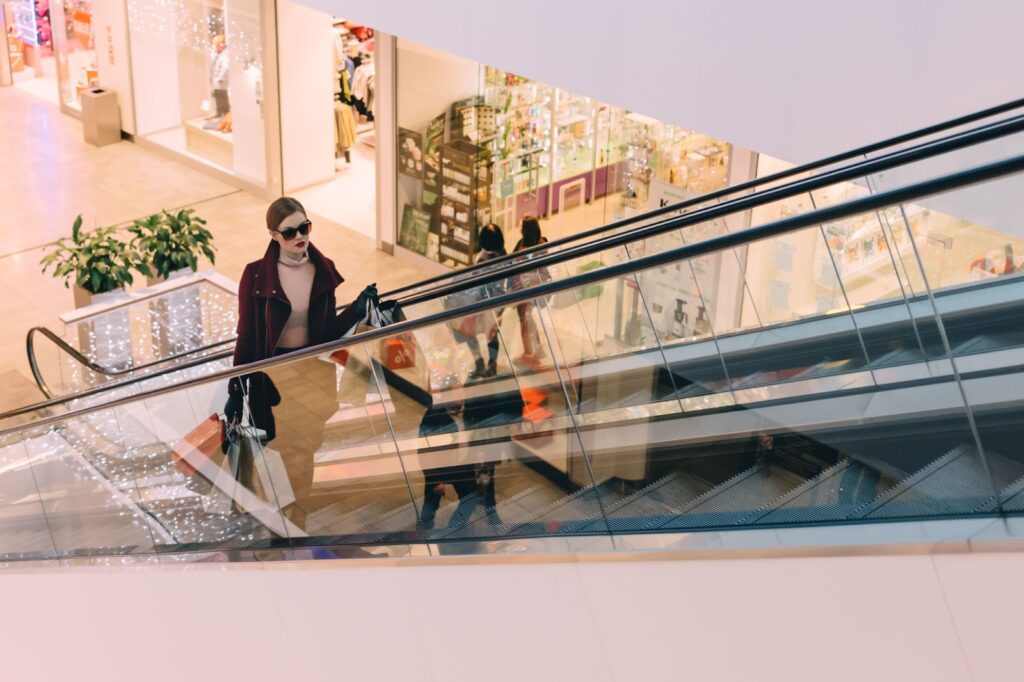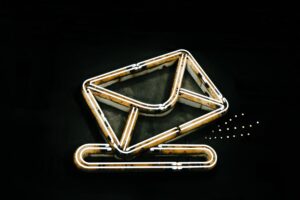If you’ve been packaging your products in a basic cardboard box, you may want to reconsider your approach. Custom packaging can be used to create the ultimate experience for your customers and set you apart from the competition. Read on to learn more about how to create the perfect creative package suite for your brand and products.
Do Customers Really Care About Product Packaging?
The short answer is yes; customers really do care about product packaging when it comes to first impressions. If you’re selling your items on the shelves, your product boxes are the first thing customers see when considering your product or brand. If you want to drive them to make a purchase, your product packaging designs must be effective and unique to stand out from the rest. The right packaging inspires brand loyalty.
A 2018 study showed that 72% of consumers agree that gift packaging design can influence their purchasing decision. But how can you take advantage of this statistic to grow your business?
How to Influence Customers With Product Packaging?
You can use product packaging to affect customers’ decisions by tapping into their emotions and impulsivity while showing the value of the product and promoting your brand image.
Influence Emotions
Believe it or not, but packaging can actually influence customers’ emotions through the use of color. Different colors have been proven to evoke a wide range of emotions in people, and you can use this to your advantage within your packaging design.
For instance, you can use the color purple to give your product a “royal” or “luxury” feel. You can use the color orange to give your product a “fun” and “adventurous” feel. You could use the color pink to give the product a “feminine” or “romantic” feel. The psychology of colors is quite fascinating and is worth reading more about before finalizing your packaging design.
Drive Impulsivity
Generally speaking, consumers are rational individuals who need to weigh out pros, cons, and different options before finally making a purchase. However, consumers also have an impulsive side that you can exploit through packaging. When you design your packaging to convey your product as extremely important and useful, people will be more likely to buy it.
Show Product Value
Another way that you can use packaging to influence customers is to allow it to show off the value of the product inside. Whether you like it or not, the quality of the packaging says something about the quality of the product.
If you’re trying to sell a high-end product, you’re going to need to invest in high-end packaging to give buyers confidence in the quality and effectiveness of the product. So before you automatically choose the cheapest packaging varieties out there to save money, you may want to reconsider your approach.
Promote Brand Image
Finally, you can use custom boxes to promote your brand image. Overall, your packaging should fit well within the image that you’re trying to establish for your brand and its products. For example, if you would describe your brand as “rugged” and “adventurous,” you may want to get creative with your packaging and incorporate the feel of natural elements like wood or steel.
On the other hand, if you would describe your brand as “feminine” and “dainty,” you would need to use appropriate colors, patterns, and materials to convey this.
You should also incorporate your existing brand colors, fonts, logos into your packaging to make your products easily identifiable on the shelves. From there, you can continue to build brand awareness from the ground up.
Different Types of Product Packaging to Consider
Unless you’ve spent a lot of time in a post office, the odds are that you don’t know much about the different types of product packaging out there. Here’s a quick guide to help you determine the best type of packaging for your brand extension and your products:
- Corrugated cardboard boxes: When you think about packaging, your mind likely goes to corrugated cardboard boxes. These are your standard shipping boxes and come in a wide range of different shapes and sizes to house your products. Corrugated cardboard is considered a type of protective packaging as it can insulate and protect products from damage during the shipping process.
- Padded mailer boxes: A padded mailer is a flat envelope with a protective layer of bubble wrap to insulate its contents. If you have thin and delicate products to mail, you may want to consider a padded mailer.
- Bags and envelopes: Bags and envelopes can be used for soft or otherwise unbreakable items for light and economical shipping choices. This type of packaging is a great solution for shipping clothing items. Certain bags are also recyclable if you want to promote an eco-friendly brand.
- Custom product packaging labels: If you want to promote your brand while impressing your customers, then you may want to consider custom product packaging labels. This option allows you to design the perfect labels to fit your brand and product needs. You can feature your brand colors, fonts, and logos for a cohesive look.
Additional Packaging Elements to Include
As it turns out, there’s more to packaging supplies than meets the eye. In addition to the outer packaging layer, there are inner layers and extras that you may want to consider incorporating to create the ultimate experience for your customers. Here are some examples of additional packaging elements for you to explore:
- Filler: Filler is used in the gaps within packages to keep its contents safe and free from harm. While there are traditional varieties like styrofoam packing peanuts and bubble wrap, there are also more eco-friendly varieties like recycled crinkle paper and air pillows.
- Tissue paper: Even though tissue paper doesn’t really do much to protect your products, it does go a long way towards branding your packaging and giving your customers an exciting unboxing experience. Furthermore, it can also give your products a fancy or luxurious feel.
- Inserts: Inserts are designed to fit specific products and keep them safe during transit. This is a great packaging option if you offer a small number of different products or a combination of different products that are packaged together.
- Stickers: Stickers are a great way to promote your brand in a fun and exciting way. You can use a branded sticker on tissue paper or even use it to essentially “brand” the outside of your boxes without going the custom route.
- Personal notes: If you’re just starting out and trying to really wow each customer to grow your business effectively, you may want to consider adding personal notes to your packaging. This offers a personal touch, and customers will be impressed by your thoughtfulness.
- Promotional material: If you’re unable to write personal notes with each order, another way to impress customers and further engage them is to include promotional material within your packaging. For instance, you can thank them for their purchase by giving them 25% off their next order.
Wrap Up on Product Packaging
There’s more to product packaging than simply sending out a plain cardboard box. You should incorporate design concepts like appropriate colors, materials, fonts, and designs to show off your brand and products from the get-go for the best results.
For advice on how to do this effectively, feel free to reach out to Greg Gillman for a wide range of marketing tips and tricks.
Sources:
7 in 10 Consumers Agree Packaging Design Can Influence Purchasing Decisions | Globe News Wire
How Does Packaging Affect Consumers? | Small Business Chron
How to Use the Psychology of Colors When Marketing | Small Business Trends


